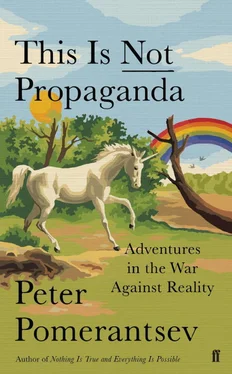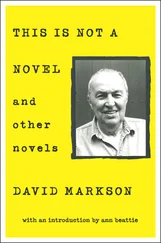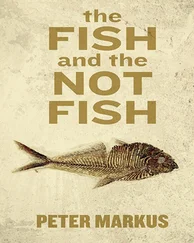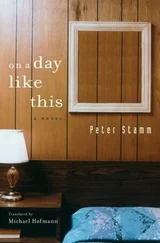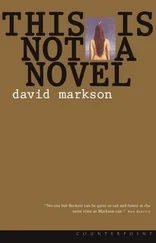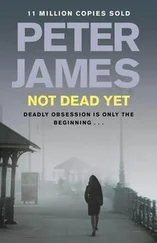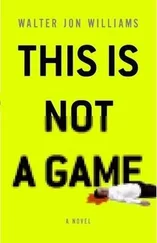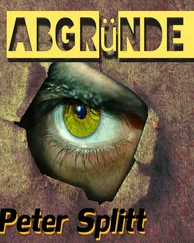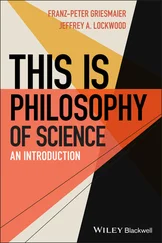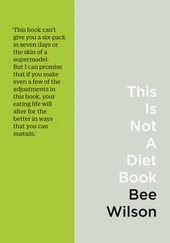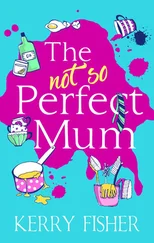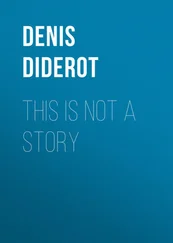Freedom of speech versus censorship was one of the clearer confrontations of the twentieth century. After the Cold War, freedom of speech appeared to have emerged victorious in many places. But what if the powerful can use ‘information abundance’ to find new ways of stifling you, flipping the ideals of freedom of speech to crush dissent, while always leaving enough anonymity to be able to claim deniability?
The Disinformation Architecture
Consider the Philippines. In 1977, as my parents were experiencing the pleasures of the KGB, the Philippines was ruled by Colonel Ferdinand Marcos, a US-backed military dictator, under whose regime, a quick search of the Amnesty International website informs me, 3,257 political prisoners were killed, 35,000 tortured and 70,000 incarcerated. Marcos had a very theatrical philosophy of the role torture could play in pacifying society. Instead of being merely ‘disappeared’, 77 per cent of those killed were displayed by the side of roads as warnings to others. Victims might have their brains removed, for example, and their empty skulls stuffed with their underpants. Or they could be cut into pieces, so one would pass body parts on the way to market. [1] McCoy, Alfred, ‘Dark Legacy: Human Rights under the Marcos Regime’, World History archives, 20 September 1999. http://www.hartford-hwp.com/archives/54a/062.html .
Marcos’s regime fell in 1986 in the face of mass protests, the US relinquishing its support and parts of the army defecting. Millions came out on the streets. It was meant to be a new day: an end to corruption, an end to the abuse of human rights. Marcos was exiled and lived out his last years in Hawaii.
Today Manila greets you with sudden gusts of rotting fish and popcorn smells, wafts of sewage and cooking oil, which leave you retching on the pavement. Actually, ‘pavement’ is the wrong word. There are few, in the sense of broad walkways where you can stroll. Instead, there are thin ledges that run along the rims of malls and skyscrapers, where you inch along beside the lava of traffic. Between the malls the city drops into deep troughs of slums, where at night the homeless sleep encased in silver foil, their feet sticking out, flopped over in alleys between bars boasting midget boxing and karaoke parlours where you can hire troupes of girls, in dresses so tight they cling to their thighs like pincers, to sing Korean pop songs with you.
During the day you negotiate the spaces between mall, slum and skyscraper along elevated networks of crowded narrow walkways that are suspended in mid-air, winding in between the multistorey motorways. You duck your head to miss the buttresses of flyovers, flinch from the barrage of honks and sirens below, suddenly finding yourself at eye level with a pumping train or eye to eye with the picture of a woman eating Spam on one of the colossal advertising billboards. The billboards are everywhere, separating slum from skyscraper. Between 1898 and 1946 the Philippines was under US administration (apart from the Japanese occupation between 1942 and 1945). US navy bases have been present ever since, and US military food has become a delicacy. On one poster a happy housewife feeds her handsome husband tuna chunks from a tin. Elsewhere a picture of a dripping, roasting ham sits over a steaming river in which street kids swim; behind them an electric sign flashes ‘Jesus Will Save You’. This is a Catholic country: three hundred years of Spanish colonialism preceded America’s fifty (‘We had three hundred years of the Church and fifty years of Hollywood,’ Filipinos joke). The malls have churches you can worship in and guards to keep out the poor. It’s a city of twenty-two million with almost no notion of common public space. Inside, the malls are perfumed with overpowering air freshener: lavender in the cheaper ones with their fields of fast-food outlets; a lighter lemon scent in the more sophisticated. This makes them smell like toilets, so the odour of the latrine never leaves you, whether it’s sewage outside or the malls inside.
Soon you start noticing the selfies. Everyone is at it: the sweaty guy in greasy flip-flops riding the metal canister of a public bus; the Chinese girls waiting for their cocktails in the malls. The Philippines has the world’s highest use of selfies; the highest use of social media per capita; the highest use of text messages. Some put this down to the importance of family and personal connections as a means of getting by in the face of ineffective government. Nor are the selfies narcissistic necessarily: you trust people whose faces you can see.
And with the rise of social media the Philippines has become a capital for a new breed of digital-era manipulation.
I meet with ‘P’ in one of the oases of malls next to sky-blue-windowed skyscrapers. He insists I can’t use his name, but you can tell he’s torn, desperate for recognition for the campaigns he can’t take credit for. He’s in his early twenties, dressed as if he were a member of a Korean boy band, and whether he’s talking about getting a president elected or his Instagram account registered with a blue tick (which denotes status), there’s almost no change in his always heightened emotions.
‘There’s a happiness to me if I’m able to control the people. Maybe it’s a bad thing. It satisfies my ego, something deeper in me… It’s like becoming a god in the digital side,’ he exclaims. But it doesn’t sound creepy, more like someone playing the role of the baddie in a musical farce.
He began his online career at the age of fifteen, creating an anonymous page that encouraged people to speak about their romantic experiences. ‘Tell me about your worst break-up,’ he would ask. ‘What was your hottest date?’ He shows me one of his Facebook groups: it has more than three million members.
While still at school he created new groups, each one with a different profile: one dedicated to joy, for example, another to mental strength. He was only sixteen when he began to be approached by corporations who would ask him to sneak in some mentions of their products. He honed his technique. For a week he would get a community to talk about ‘love’, for example, who they cared about the most. Then he would move the conversation to fear for your loved ones, the fear of losing someone. Then he would slide in a product: take this medicine and it will help extend the lives of loved ones.
He claims that by the age of twenty he had fifteen million followers across all the platforms. The modest middle-class boy from the provinces could suddenly afford his own condo in a Manila skyscraper.
After advertising, his next challenge was politics. At that point, political PR was all about getting journalists to write what you wanted. What if you could shape the whole conversation through social media?
He pitched his approach to several parties, but the only candidate who would take P on was Rodrigo Duterte, an outsider who looked to social media as a new route to victory. One of Duterte’s main selling points as a candidate was busting drug crime. He even boasted of driving around on a motorcycle and shooting drug dealers while he was mayor of Davao City, down in the deep south of the country. At the time, P was already in college, attending lectures on the ‘Little Albert’ experiment from the 1920s, in which a toddler was exposed to frightening sounds whenever he saw a white rat, leading to him being afraid of all furry animals. [2] Beck, H. P., S. Levinson and G. Irons, ‘Finding Little Albert: A Journey to John B. Watson’s Infant Laboratory’, American Psychologist, 64(7), 605–14 (2009). http://dx.doi.org/10.1037/a0017234 .
P says this inspired him to try something similar with Duterte.
Читать дальше
